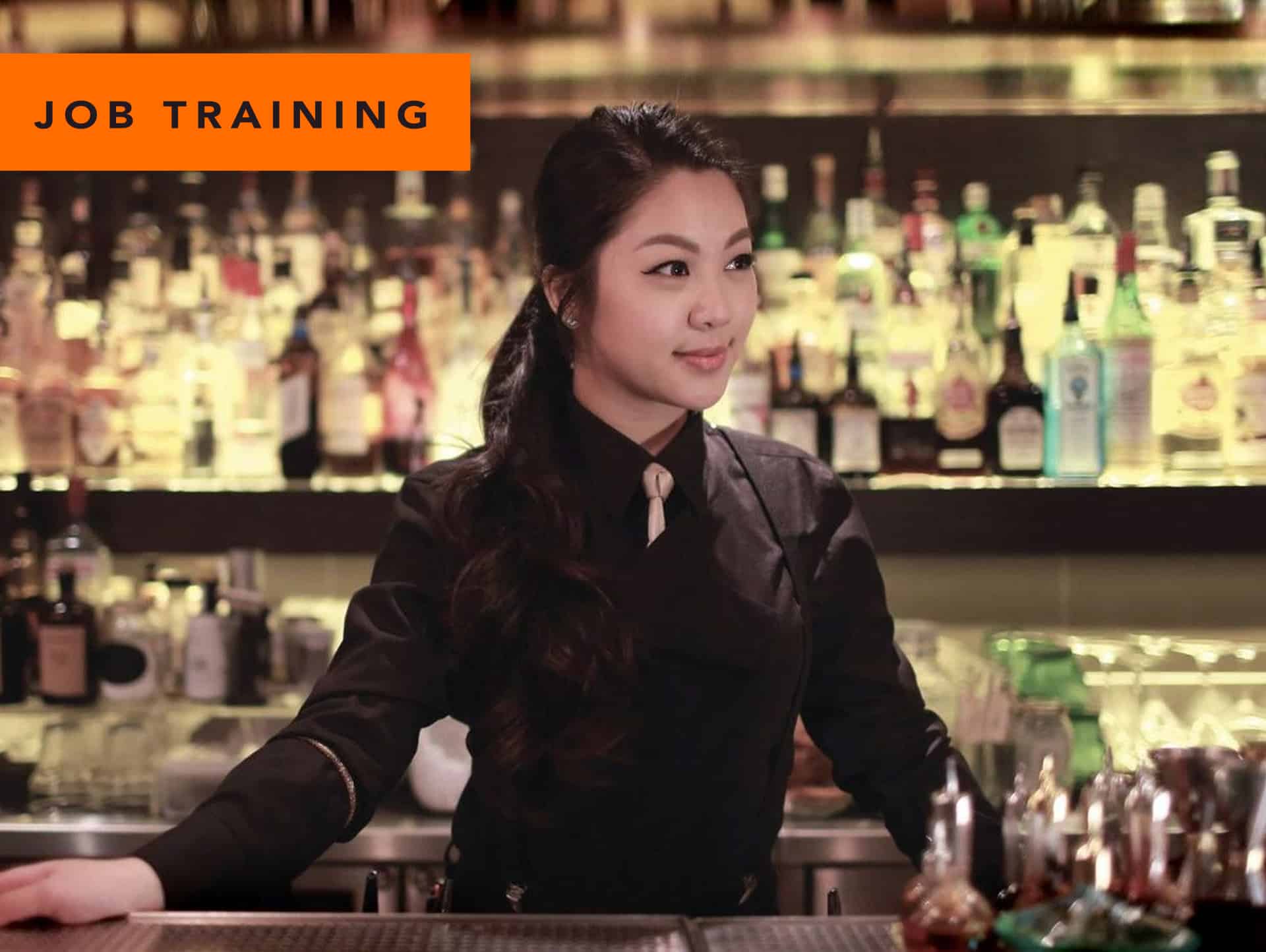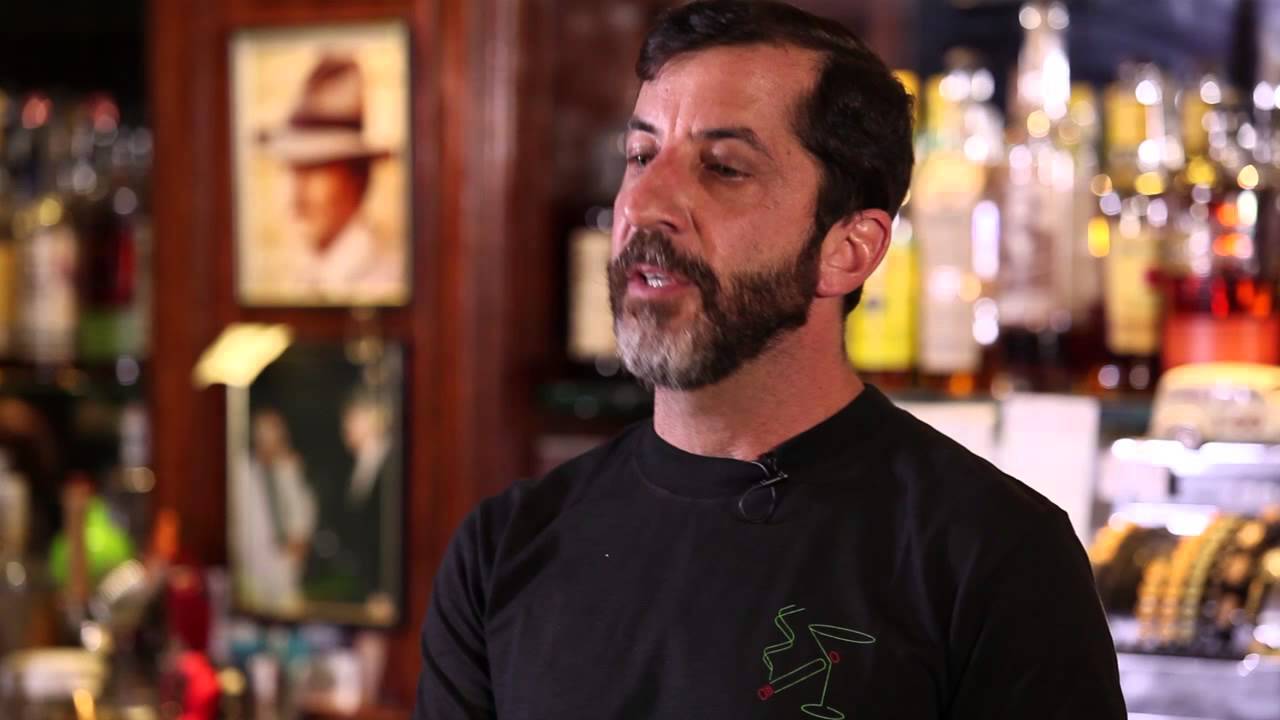
It is important to know what it takes to become a Indiana bartender. Here you will learn about ineligibility, requirements, courses, and cost. You should now be able make an informed decision about the licensing process after reading this article.
Ineligibility
A bartender must undergo training before he or she can legally operate in Indiana. The Indiana Alcohol and Tobacco Commission (ATC) requires these licenses. The ATC has very specific and thorough laws regarding sale and service. It covers all aspects.
There are many steps to earning an Indiana bartending license. First, you need to be 21 years old. Next, you will need to complete a recognized training program. To work in a restaurant, bar, or cafeteria, you will need an employee permit. After receiving this employee permit you must complete the required training within 120 day.

Requirements
You must be over 21 in order to get an Indiana license as a bartender. Additionally, you must have successfully completed an alcohol server training program within 120 days of your hire. This training is typically provided in-house by your employer. You cannot apply for a license to bartender if your taxes have not been paid.
You will need a license to open a restaurant or bar in Indiana. The license can be renewed every three years. While the initial fee for the license is $125 (the minimum), you may be eligible for a discount if your work is voluntary or for free. To be able to refer back to it in the future, you should keep a copy once your license has been obtained.
Courses
Before you can start working as a bartender in Indiana, you need to take the proper training. There are several types of training that you can choose from. For example, you can choose a free online training course offered by the Indiana ATC. You can also find third-party training providers that are approved by the state. After you have successfully completed the training, it is necessary to apply for an employment permit. This is required within 120 days of employment in order to be eligible to work as a bartender.
The alcohol service industry can be challenging. A license is needed to succeed. Indiana's alcohol laws can be more restrictive than those in other states. This is why Indiana bartenders have to take training courses. These courses are quick and easy to complete online.

Cost
The state requires that all establishments, including bars and restaurants, have the proper licenses. The state's Alcohol and Tobacco Commission regulates the sale and purchase of alcohol and other tobacco products. Over 15,000 licenses and permits will be required for business operations. Local alcohol boards oversee the licensing process in each county. These laws are enforced by the State Excise Police (SEP).
Indiana bartending licenses enable you to offer alcohol to customers at any bar, restaurant or other establishment that sells it. This license lets you sell beer and wine in on-sale establishments. This license is transferable to any state and allows you to charge a fee for alcohol.
FAQ
Do you require any special equipment in order to make cocktails
Not at all. You only need to have a couple of things:
-
Glasses
-
Strainer
-
Lid
-
Cocktail shaker
-
Cutting board
-
Knife
-
Measurement cups and spoons
-
Jigger
-
Tongue depressors
-
Stirring sticks
-
Lemon wedge
-
Sugar cube
-
Salt
-
Pepper
-
Ice cubes
-
Ice
-
Water
-
Alcohol
-
Wine
-
Beer
-
Soda water
Can I freeze a batch of cocktails in advance?
Yes! A batch of cocktails can be frozen. Just place the bottles in an empty container and keep them in the freezer. The bottle(s), once thawed, can be served by placing them in a container and storing them in the freezer for at least one night.
What kind of ice do bartenders put in drinks?
According to the type and style of the drink, bartenders may use different types of Ice. For most drinks, cubed ice will be used. However, shakes and non-carbonated drinks can use crushed ice.
What's the difference in a blender and a shaker, you ask?
Shakers are typically made of metal and available in different sizes. Blenders, which are often made of plastic, come in a variety.
Statistics
- The tequila should be 100 percent agave, not the cheaper “mixto” products, which blend a minimum of 51 percent agave with other sugars. (cooking.nytimes.com)
- with a light percentage of 4.2% or any with a light percentage of 4.2% or any Coors/Bud/Miller Lite, which also is 4.2% (breakingtheboredom.com)
- American blended whiskeys are so inexpensive because they only have to contain 20 percent whiskey; the rest can be made up of neutral grain spirits, colorings, and flavorings. (mashed.com)
- majority of pineapple juice and Malibu rum is only 21% alcohol content. (breakingtheboredom.com)
External Links
How To
How to make a perfect Margarita in your own kitchen
The most widely used cocktail is made using tequila (made from agave), Cointreau, a sweet orange liqueur, and fresh lime. To enhance the flavor of the cocktail, you can add salt and sugar to it, as well as bitters, cinnamon sticks, and chocolate syrup.
Here are the steps to making your own.
Ingredients
-
1/2 cup ice cubes
-
3 oz Tequila Blanco
-
1/4 cup Cointreau
-
Juice of 1 lime
-
Salt
-
Sugar
-
Cinnamon stick
-
Chocolate syrup
Method
In a shaker, combine all the ingredients. After shaking vigorously for 10 second, pour the contents into a shaker. Garnish the glass with a slice lemon if you wish.
You can also use this recipe as a template for other types of alcohols, such as:
-
Whiskey Sour
-
Daiquiri
-
Manhattan
-
White Russian
-
Brandy Alexanders
-
Gin & Tonics
-
Sidecars
-
Collins
-
Scotch & Soda
-
Margaritas